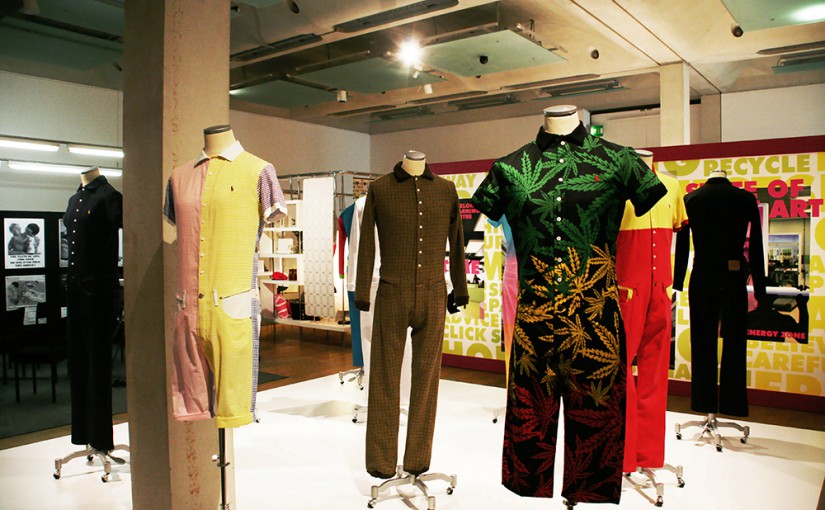On our most recent trip to the capital of north, Field Grey visited Matthew Darbyshire: An Exhibition for Modern Living at the Manchester Art Gallery. British born Darbyshire studied at the Slade and Royal Academy; he is famed for his large sculptural installations that recycle and rethink contemporary design, from objects arranged on shelves to the production of entire rooms.
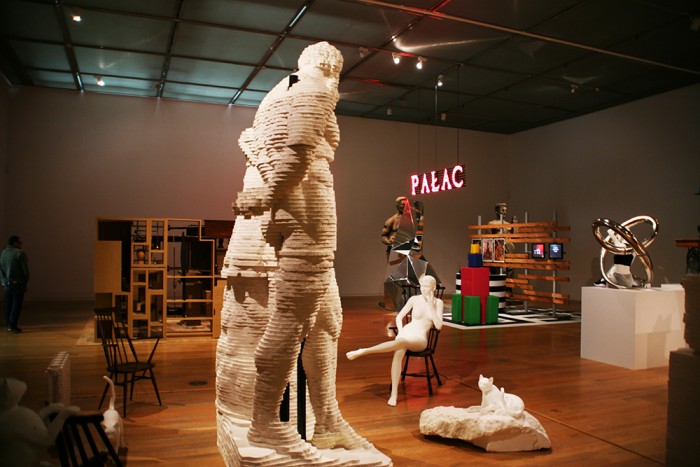
Manchester Art Gallery welcomes Darbyshire with ten large scale environments taking over a whole floor. Two brand new sculptures, Doryphoros and Dyson, dominate the grand entrance hall. The two pieces, the former a renaissance figure, the latter a model of a Dyson hoover, are designed and built in vibrant perspex strips and appear as part of the CAPTCHA series, which in the past has included Michaelangelo’s David, a Jacobsen Egg Chair and a toilet bowl.
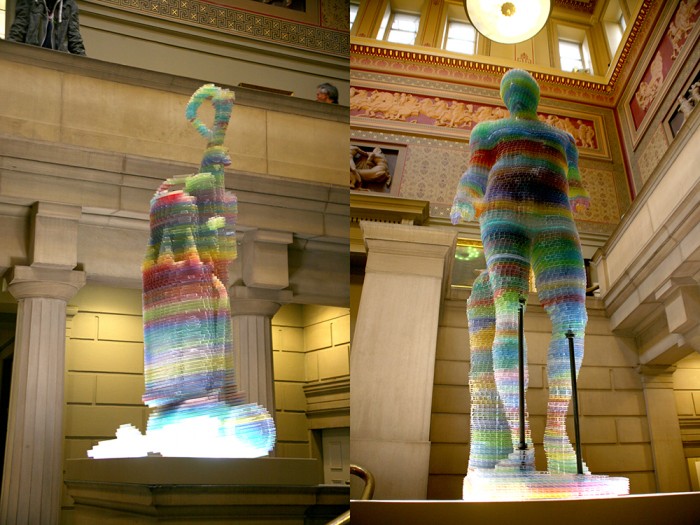
With the launch of the Charles and Ray Eames at exhibition at the Barbican Art Gallery, itself including a replica of the Eames’ contribution to the 1949 Detroit Insitutute of the Arts show of the same name as this exhibition, we’re reminded of the debate as to whether art is design and design is art; Darbyshire provokes feelings for both sides by presenting environments packed with valuable, ancient objects juxtaposed with everyday high street products.
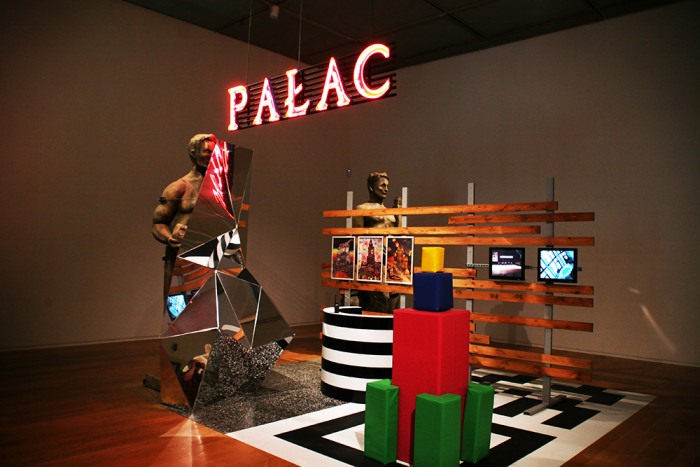
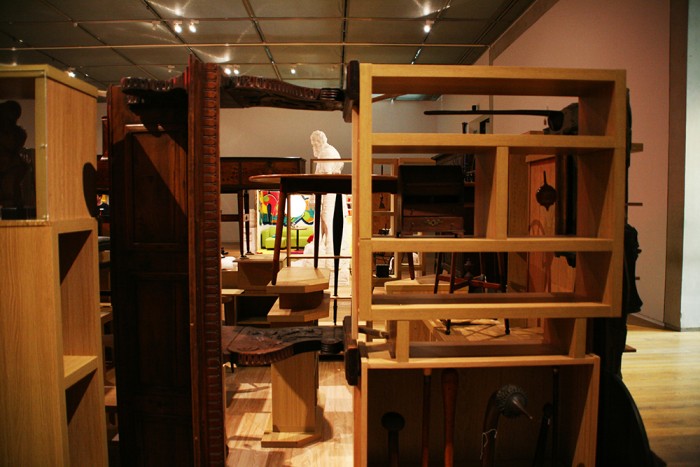
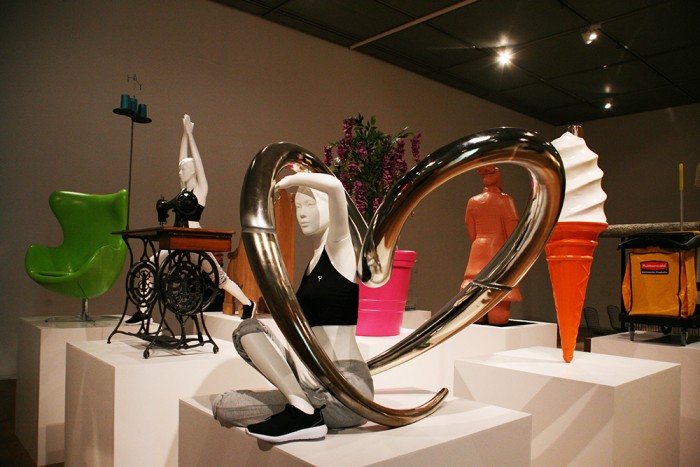
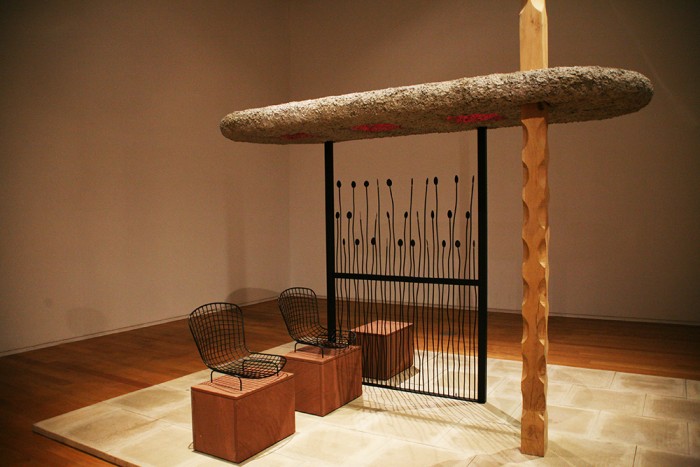
This translates as wooden, century-old relics from the Gallery’s collections presented on IKEA-like bookcases and elaborate living rooms with a heady mix of brightly coloured plastics.
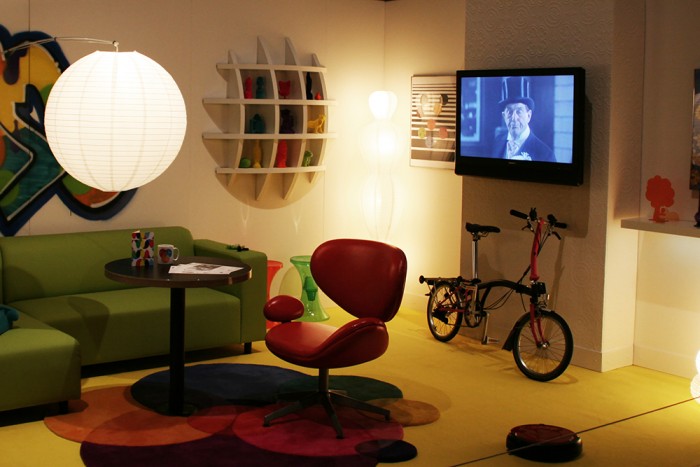

Field Grey were most excited to see Darbyshire’s Standardised Production Clothing, a range of utilitarian boiler suits produced in a range of fabrics and designs. A spinal injury put Darbyshire’s art career on hold in 2005, where, as a patient, he began to produce felt overalls as opposed to his typical personal ‘uniform’ of polo shirts and Levi’s. These would become some of his most provocative works, reducing stereotypes down to their literal forms, producing the workwear suits in denims and cottons with various subculture associations.
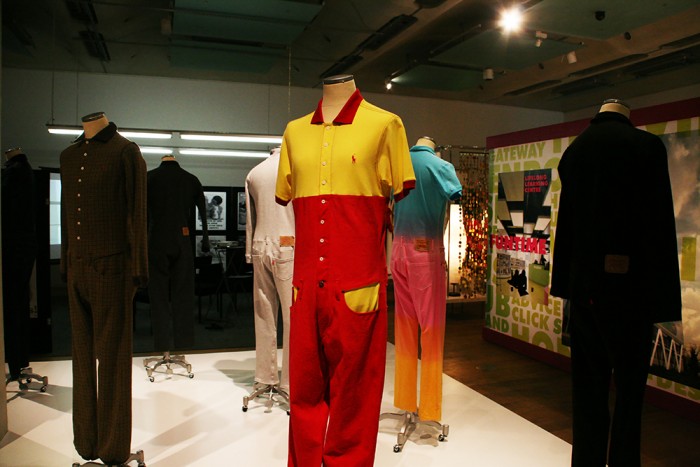
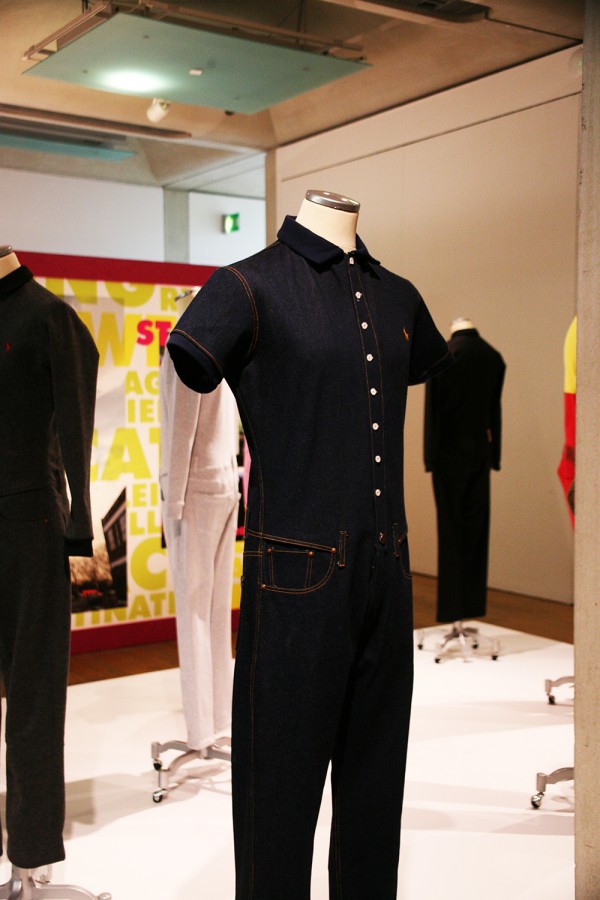
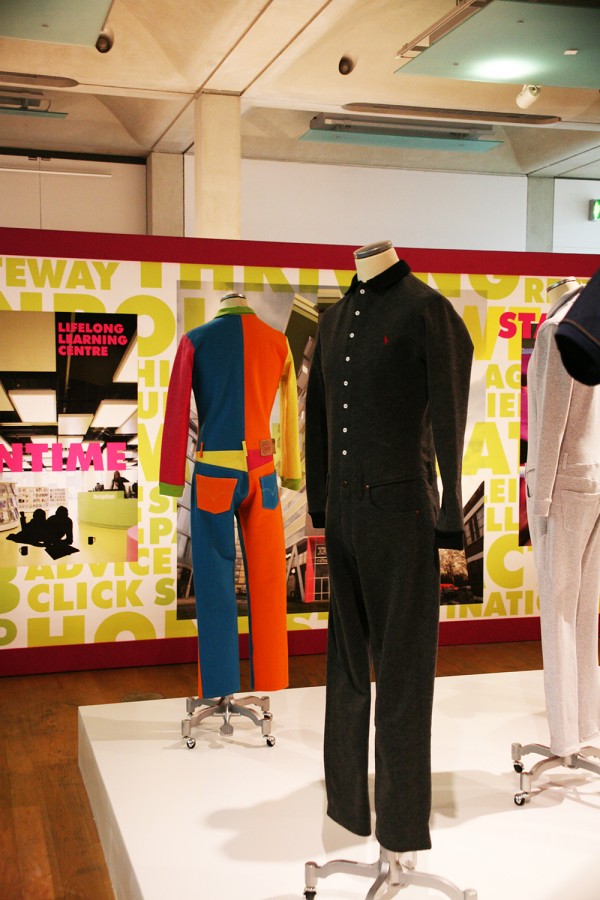
The exhibition runs until 10 January 2016. For more information, visit the gallery’s website.

